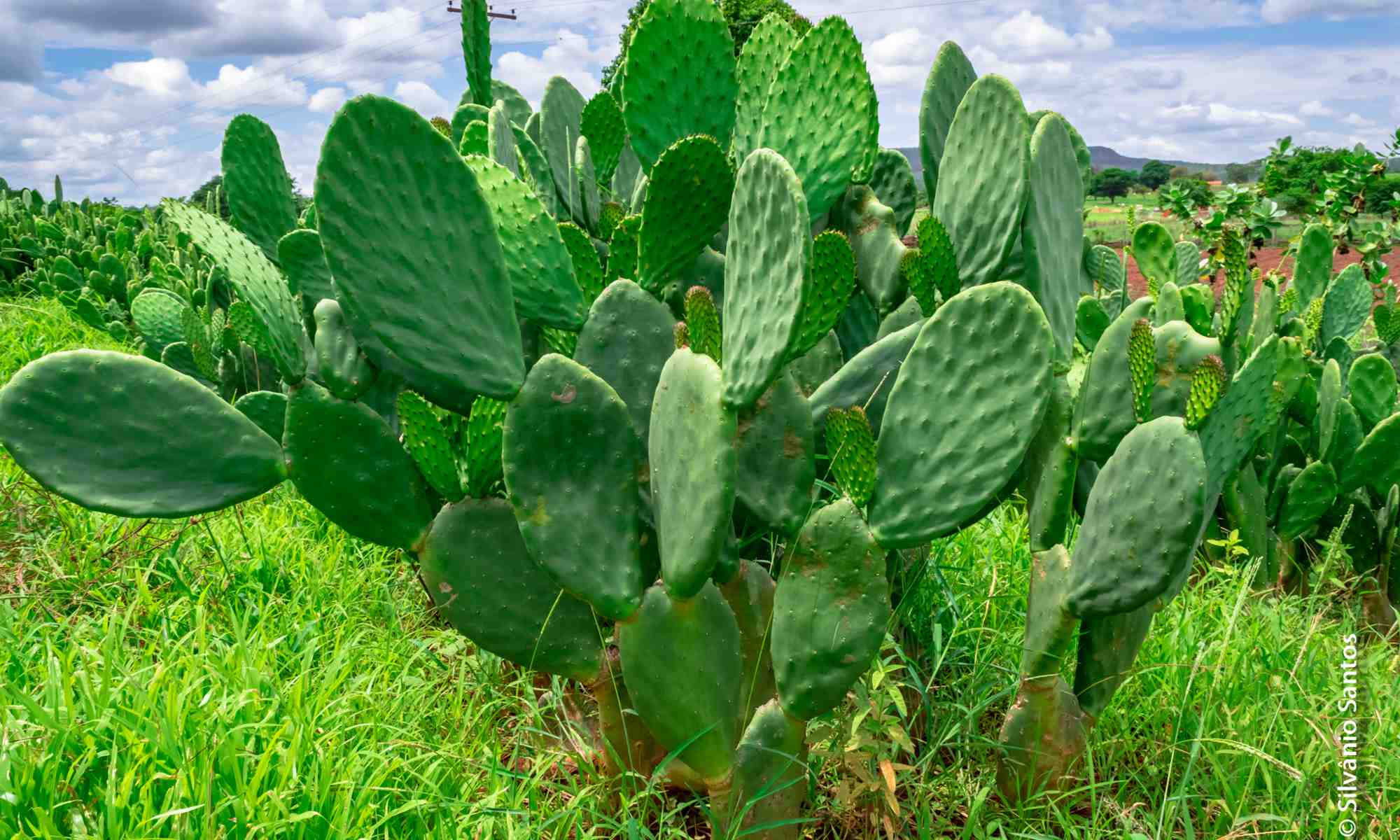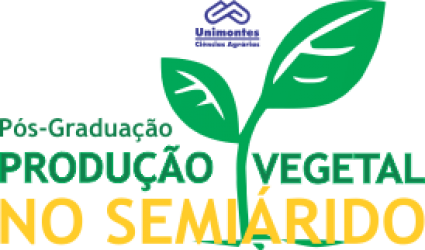- Version
- Download 14
- File Size 2.09 MB
- Create Date 10/06/2021
- Download
OLIVEIRA, Fernanda Soares. Fertirrigação do abacaxizeiro com água residuária sanitária tratada. 2018. 143 p. Tese (Doutorado em Produção Vegetal no Semiárido) – Universidade Estadual de Montes Claros, Janaúba, 2018.
O uso agrícola de água residuária sanitária tratada (ART) é uma alternativa interessante de disposição, pois permite economia no uso de água limpa na agricultura, contribuindo para melhorar as características físicas e químicas do solo, o crescimento das plantas e produção de frutos, devido à elevada concentração de nutrientes presentes na ART. Objetivou-se com este estudo avaliar o uso da água residuária sanitária tratada (ART) na fertirrigação do abacaxizeiro e seus efeitos sobre o crescimento, a produção, a qualidade e a contaminação microbiológica dos frutos bem como sobre as características físicas e químicas do solo. O estudo foi delineado em blocos casualizados, com quatro repetições, no esquema de parcelas subdivididas, tendo nas parcelas cinco tratamentos relativos às doses de água residuária tratada (ART) e nas subparcelas quatro cultivares de abacaxizeiro sendo: Pérola, Vitória, Smooth Cayenne e IAC Fantástico. As doses de ART foram calculadas tomando como base o limite máximo anual de Na aportado ao solo, correspondente a 150 kg ha-1, aplicando-se 0%; 100%; 200%; 300% e 400% deste limite o que correspondeu a 0; 117,3; 234,1; 351,4 e 468,3 mm de ART aplicada. O delineamento utilizado foi em blocos casualizados, com quatro repetições. Foram avaliados o crescimento da planta e do fruto, a produção, a qualidade pós-colheita e microbiológica dos frutos e os atributos físicos e químicos do solo. A fertirrigação do abacaxizeiro com água residuária tratada propicia um maior crescimento vegetativo da cultivar Pérola. Dentre as cultivares estudadas, a Vitória teve menor crescimento dos frutos após a aplicação da água residuária tratada. A fertirrigação das cultivares Pérola e IAC Fantástico com água residuária tratada promove maior crescimento dos frutos. O uso da água residuária tratada é uma alternativa viável para a fertirrigação do abacaxizeiro. A cultivar Pérola é mais produtiva que as cultivares Vitória, Smooth Cayenne e IAC Fantástico com a densidade de plantio utilizada. A fertirrigação com ART no abacaxizeiro propicia produtividade e frutos com qualidade semelhantes ao manejo com adubação mineral e água limpa. O aumento das doses de água residuária sanitária tratada promove incrementos no teor de Na e ISNa do solo até a profundidade de 60 cm. O pH, MO, K+, Mg2+, SB, t, T e V apresentaram maiores valor na camada de 0,0-0,20 m. O teor de S, Al e H+Al aumentou com a profundidade do solo. A ART pode ser usada na fertirrigação do abacaxizeiro, sem comprometimento dos atributos físicos e químicos do perfil do solo e contribui para o aumento dos teores de nutrientes no solo.
Palavras-chave: Ananas comosus var. comosus; reúso; pós-colheita; produtividade; fertilidade do solo
Fertirrigation of the pineapple with treated sanitary wastewater
The agricultural use of treated wastewater (ART) is an interesting alternative of disposal, since it allows the use of clean water in agriculture, contributing to improve soil physical and chemical characteristics, plant growth and fruit to the high concentration of nutrients present in ART. The objective of this study was to evaluate the use of treated wastewater (ART) in the pineapple fertirrigation and its effects on the growth, production, quality and microbiological contamination of the fruits as well as on the physical and chemical characteristics of the soil. The study was delineated in a randomized complete block design, with four replications, in the subdivided plots scheme, with five treatments for the treated wastewater (ART) in the plots and the four plots of the pineapple cultivars: Pérola, Vitória, Smooth Cayenne and IAC Fantástico. The doses of ART were calculated based on the annual maximum limit of Na contributed to the soil, corresponding to 150 kg ha-1, applying 0%; 100%; 200%; 300% and 400% of this limit, which corresponded to 0; 117.3; 234.1; 351.4, and 468.3 mm of applied ART. The experimental design was a randomized block design with four replications. Plant and fruit growth, yield, post-harvest and microbiological quality of fruits and soil physical and chemical attributes were evaluated. The fertigation of pineapple with treated waste water leads to a greater vegetative growth of the cultivar Pérola. Among the studied cultivars, the Vitória had lower fruit growth after the application of treated wastewater. The fertirrigation of the cultivars Pérola and IAC Fantástico with treated wastewater promotes greater fruit growth. The use of treated wastewater is a viable alternative for the fertigation of pineapple. The cultivar Pérola is more productive than the cultivars Vitória, Smooth Cayenne and IAC Fantástico with the density of planting used. Fertigation with ART in pineapple provides productivity and fruits with similar quality to handling with mineral fertilization and clean water. The increase in the doses of treated wastewater promotes increases in the Na and ISNa content of the soil up to the depth of 60 cm. The pH, MO, K+, Mg2+, SB, t, T and V presented higher values in the 0.0-0.20 m layer. The content of S, Al and H + Al increased with soil depth. The ART can be used in the pineapple fertirrigation, without compromising the physical and chemical attributes of the soil profile and contributes to the increase of nutrient contents in the soil.
Keywords: Ananas comosus var. comosus; reuse; post-harvest; yield; soil fertility

